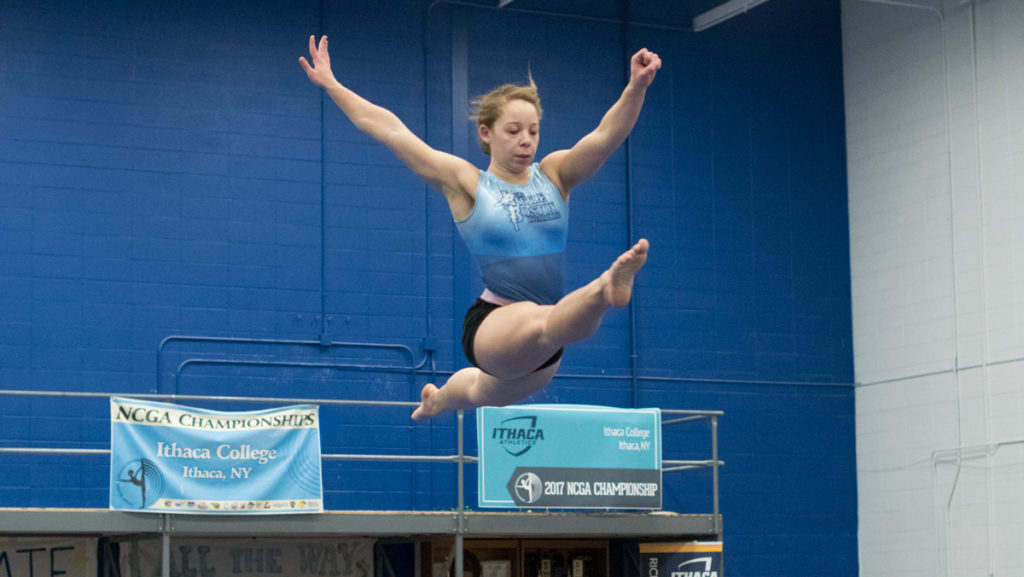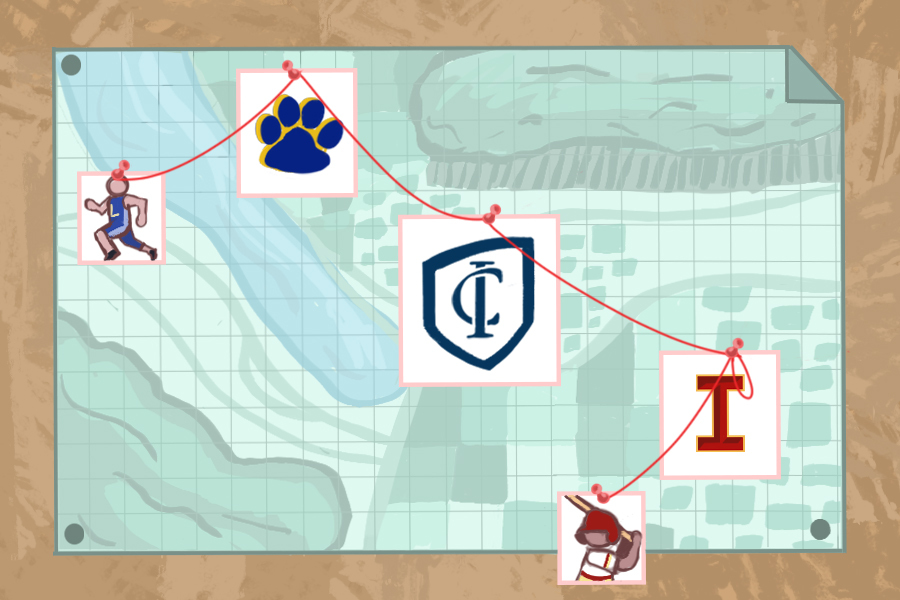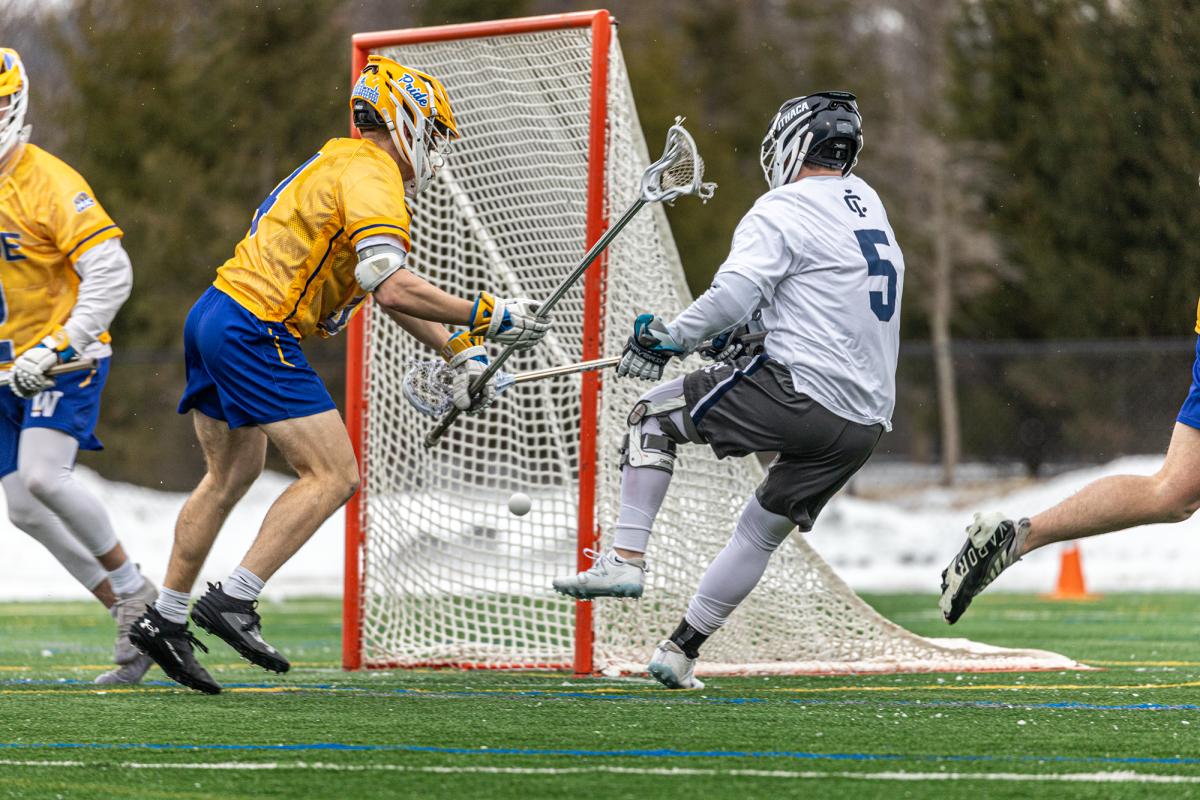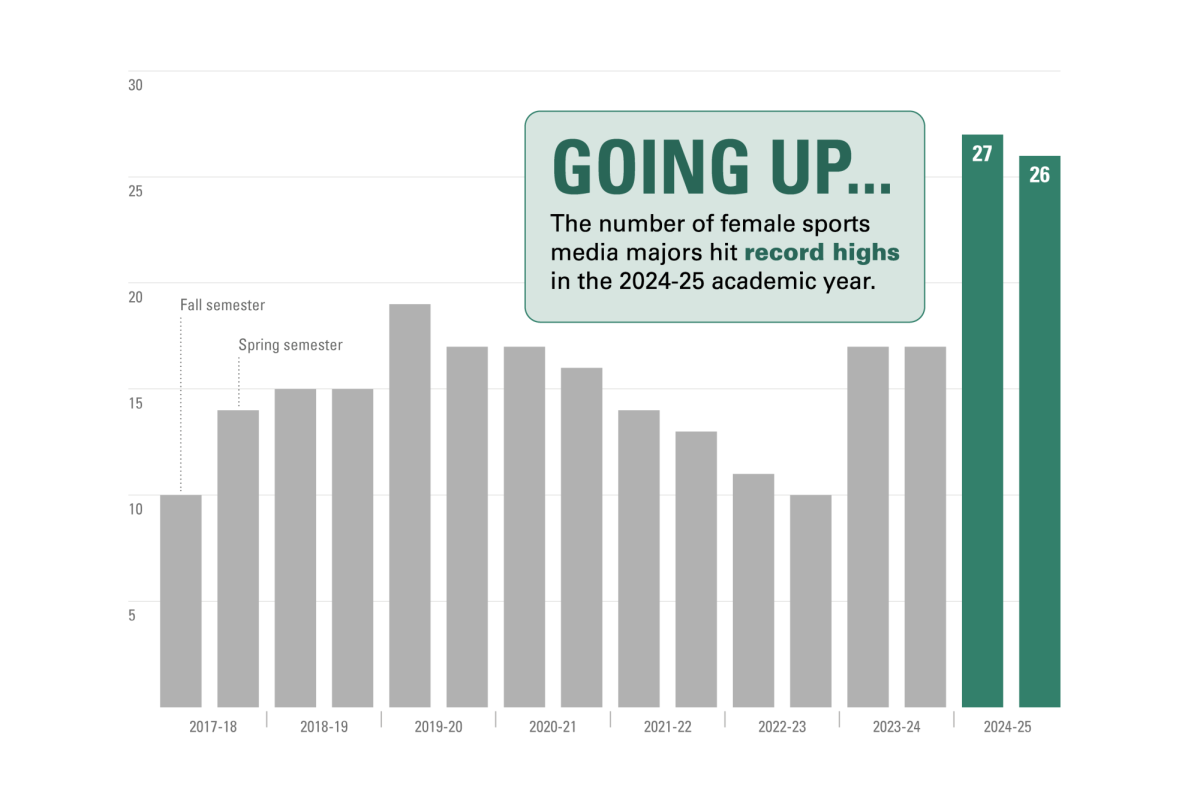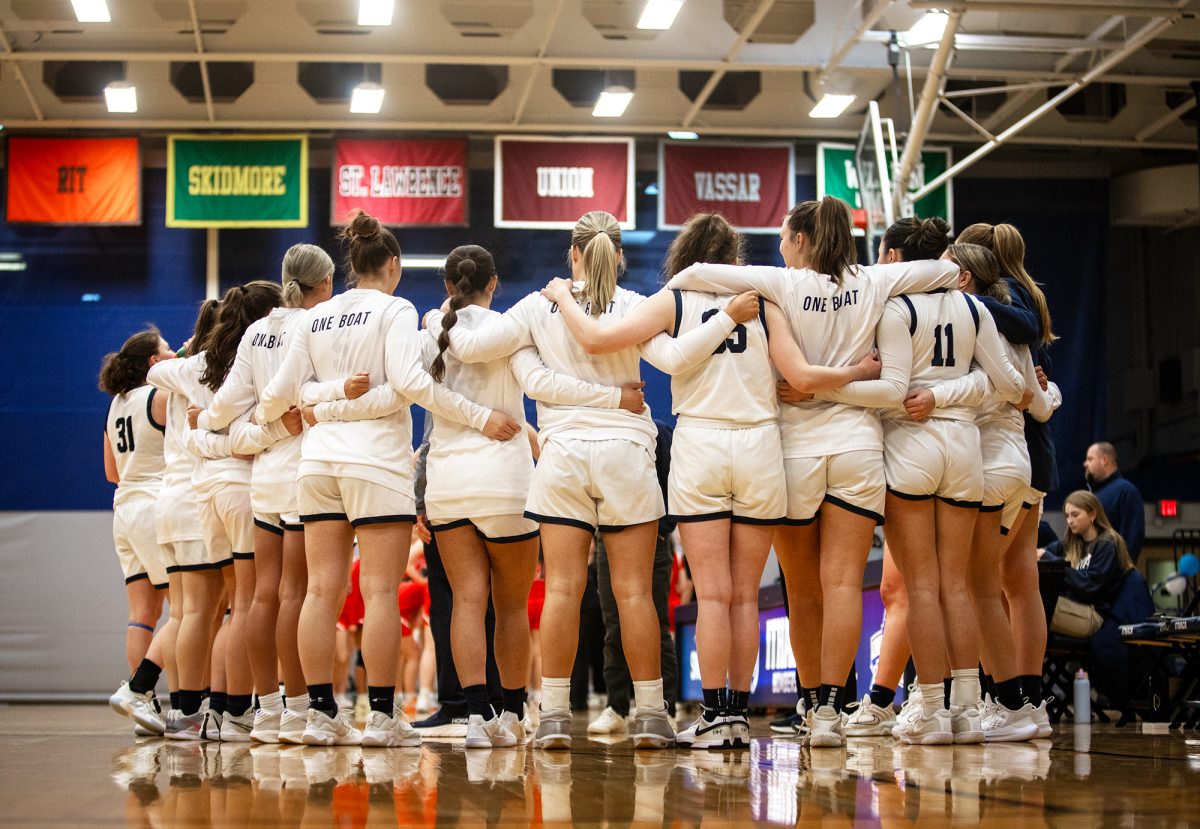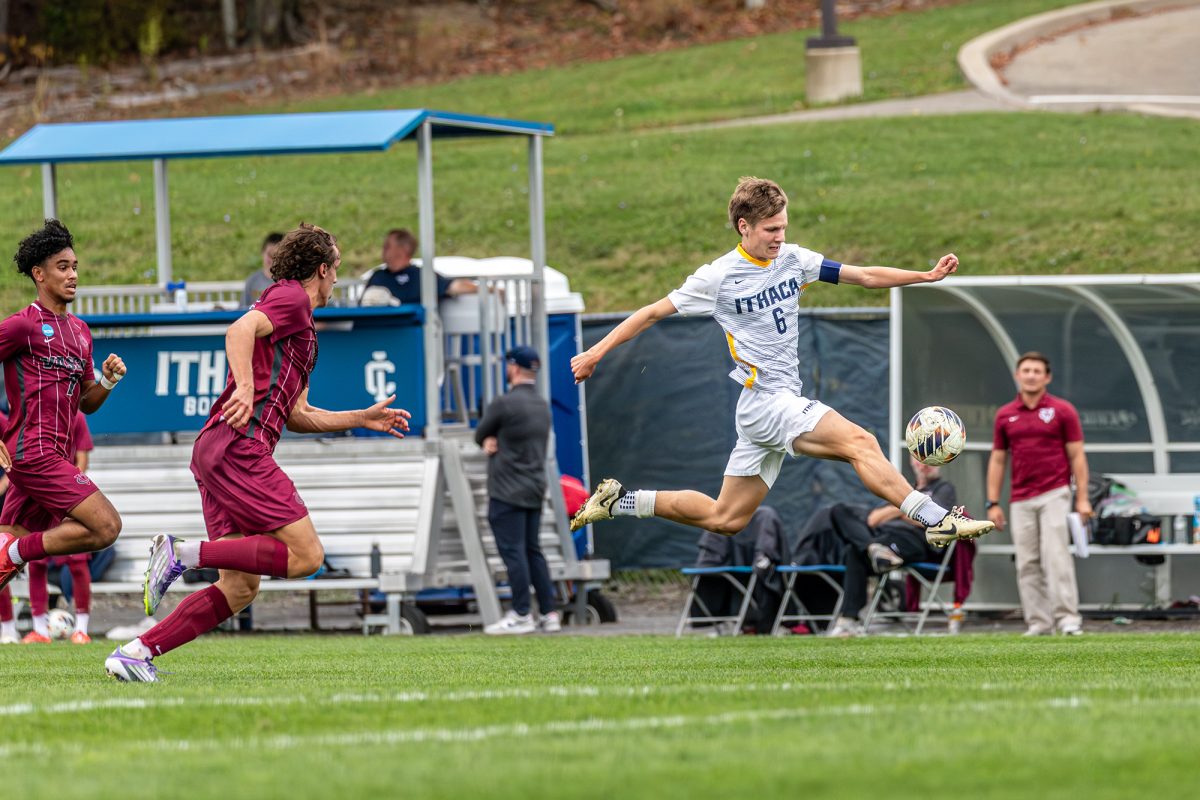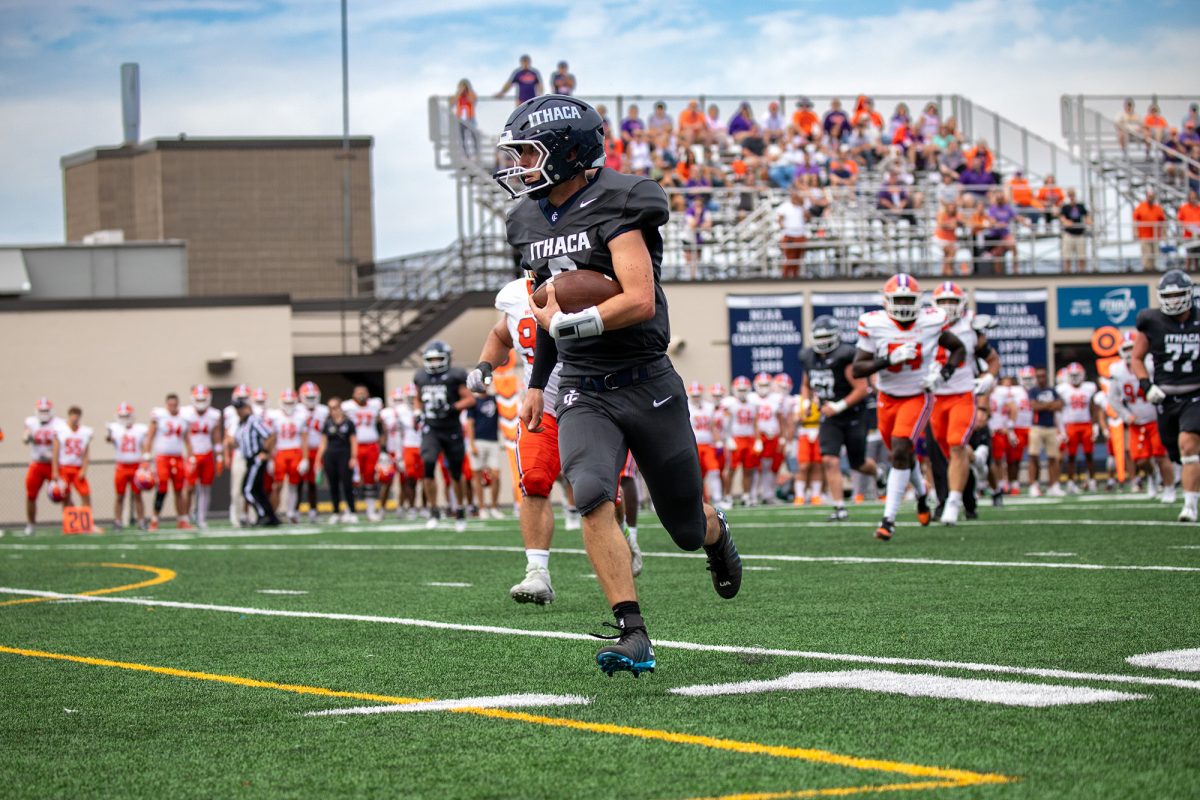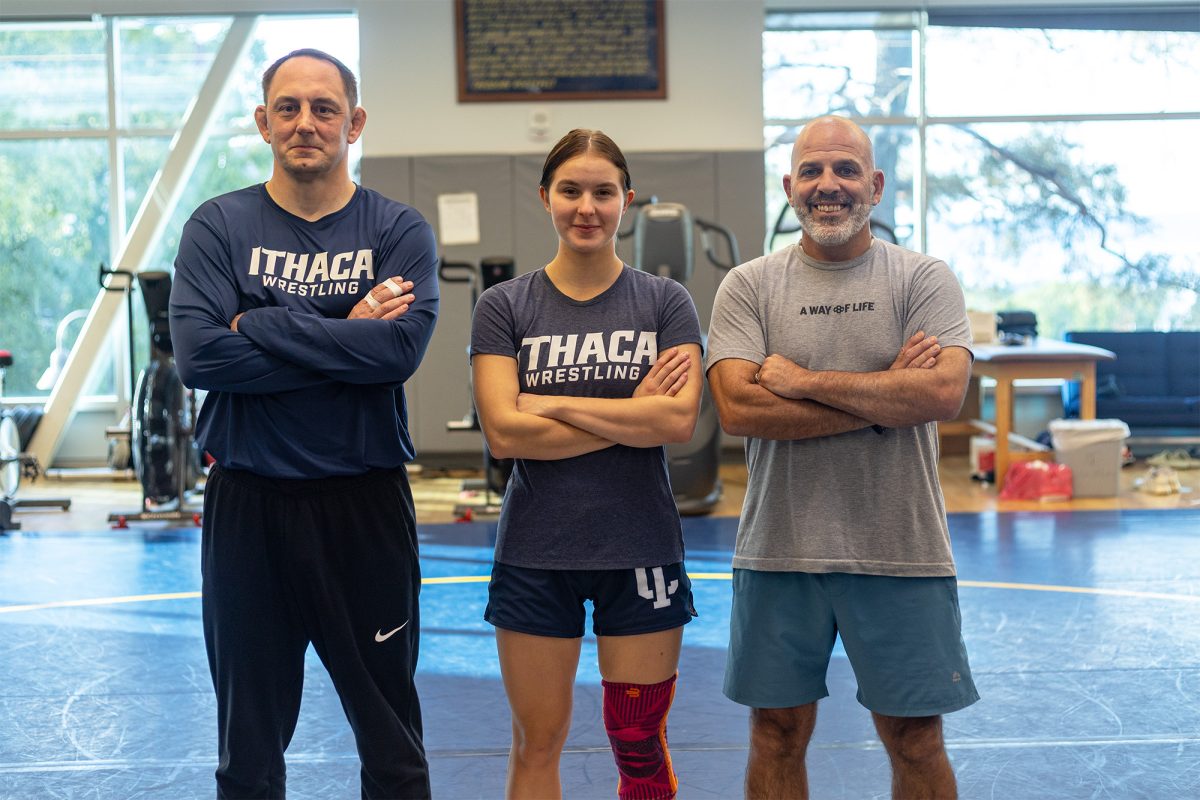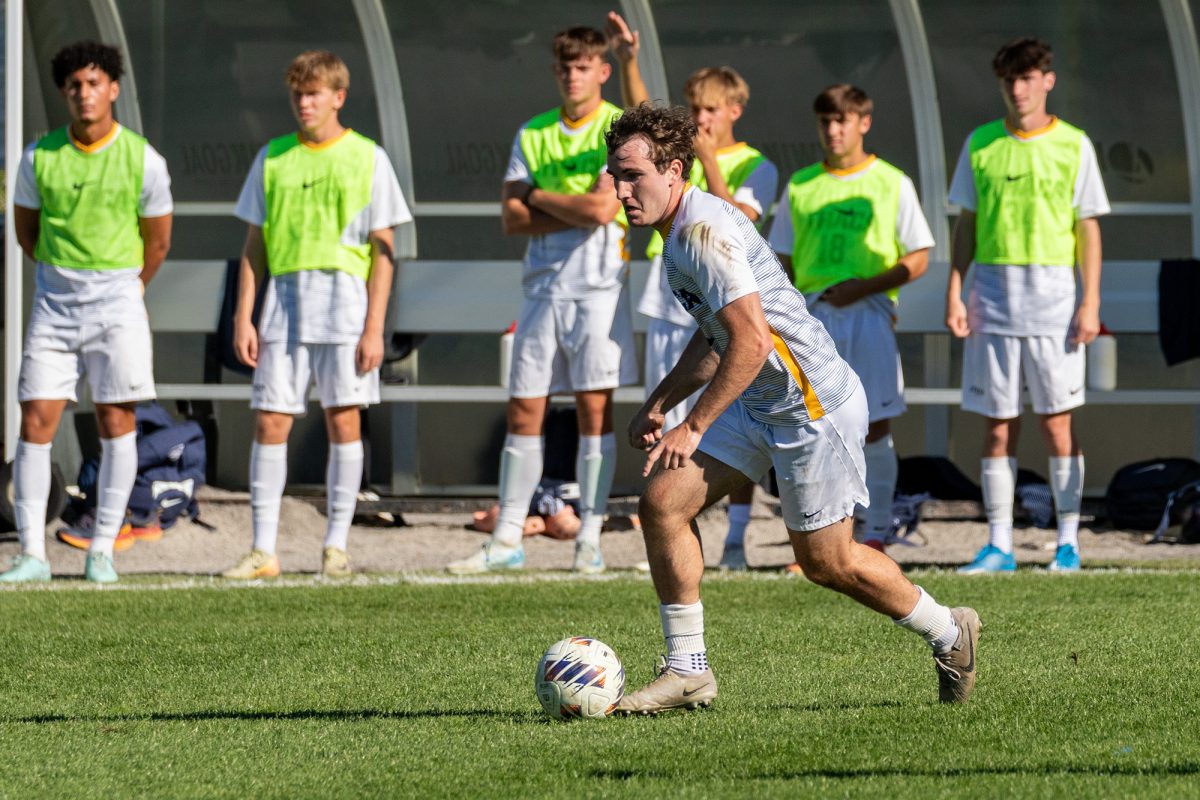Each week wipes the slate for the members of the Ithaca College gymnastics team. Gymnasts enter the upcoming week of practice with no idea who will be competing in their next meet.
Head coach Rick Suddaby uses a system during practice by which the players must not only work with one another, but also against one another to earn a spot in competition. Suddaby selects the top six gymnasts from each individual event, and these top six vary from week to week based on who performs the best in practice.
“We compete once a week, so we always try to put our best foot forward when selecting a squad,” Suddaby said. “There are so many factors that go into it, whether it be sickness, injury or ability to perform.”
This style of coaching forces the gymnasts to find what they do best. Suddaby said all gymnasts coming out of high school have competed in all events. However, in college, gymnasts are encouraged to train for their best events.
The Bombers are currently ranked fourth in the nation, and during Suddaby’s 32 years as coach, they have made 27 trips to the National College Gymnastics Association championship meet. Suddaby has guided the program to 12 Eastern Collegiate Athletic Conference titles.
The four main events in women’s collegiate gymnastics are vault, uneven bars, balance beam and floor exercise. Each of these events provides a different challenge for the gymnasts, and they have to find which events they are best at in order to help the team.
“Most collegiate gymnasts have one bad event when they come in or one event that’s weaker,” Suddaby said. “They must put more practice in the weaker events in order to succeed.”
The system has proven to be a positive influence because, though the athletes are competing against one another, sophomore Paige Landes said, they are more concerned with helping their teammates rather than working against them.
“We will always try to hold each other accountable and push each other,” Landes said. “It’s not competitive in the sense that we are fighting against each other. It’s more like we all work together and push each other to become better gymnasts.”
One of the most beneficial tools that has emerged from this system is the ability to effectively manage time. Each practice is three hours, and the gymnasts have the ability to work on whatever they feel like they need to improve on most. Freshman Kylee Black said this freedom is great for the athletes because it forces them to be honest about what they need work on.
“It’s just all about time and how you manage that time within the three hours for practice,” Black said. “Only you can really know what is best for your body when it comes to working out and what events you have to work on more than others to earn a spot in the top six.”
Suddaby discussed how most of his athletes train in two to three events each week, but some athletes specialize in one event. Senior Danielle Maffuid, who specializes in the
uneven bars, said putting all her focus on one skill raises problems.
“Sometimes when you are a specialist, you find yourself overdoing things, and it starts to mess with your mental game a little bit,” Maffuid said. “You don’t have any other events to get in, so you put all of your energy into one event, and that sometimes leads to overthinking things that are actually very easy for you to do.”
The system of internal competition benefits specialists because knowing someone is fighting for that same spot only pushes them harder to earn it.
“I came in training all around but very quickly shifted to just training bar,” Maffuid said. “That’s always been my strong suit, so being able to just focus on that has helped me excel and contribute in my own unique way to the team.”
As a specialist, Maffuid said she likes Suddaby’s system better than what she did in high school because she no longer thinks solely about herself.
“In high school, I was motivated to complete a hard workout because I wanted to do well in competition for myself, qualify to championship meets and work towards the goal of being able to compete,” Maffuid said. “Now, my motivation when I have low energy during the week is because of my teammates.”
For the athletes, the results of the internal competition have been noticeable. The extra challenge provides the gymnasts with a platform to strategize what they need to improve on to place in the top six of the events they do. There are 24 gymnasts on the team.
“I definitely think that this top six program has been great in my development as a gymnast,” Landes said. “It makes me really plan out strategically what events I need to do at certain times in order to maximize my growth.”
While gymnastics may be an individual sport, all the women are motivated by a desire to help the team.
“I know they are counting on me to get my numbers done so I can be more consistent and help our team score,” Maffuid said. “I think making the lineup to be able to contribute to the team goal is one of the biggest motivating factors for our sport.”



